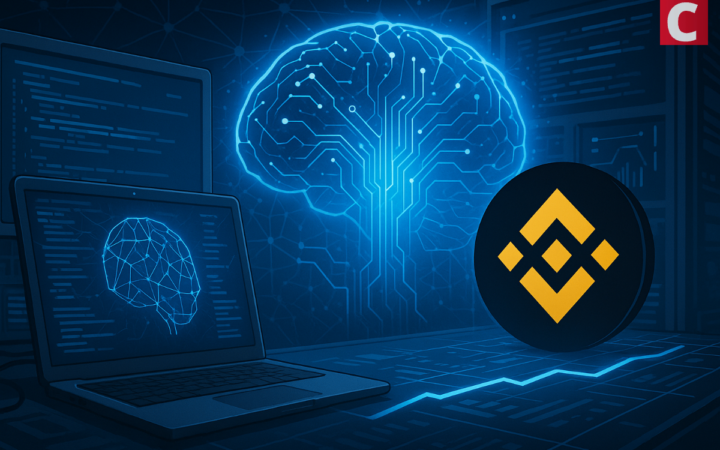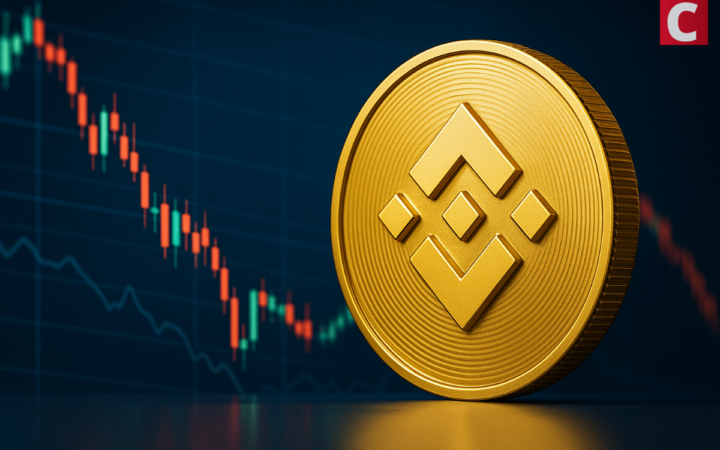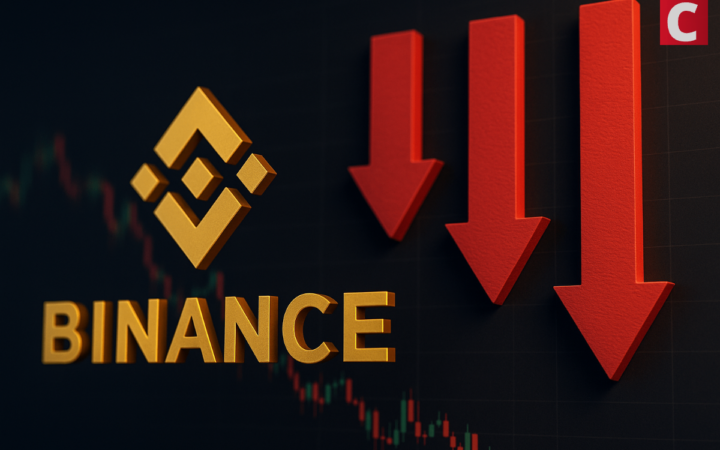
Darya is a crypto enthusiast who strongly believes in the future of blockchain. Being a hospitality professional, she is interested in finding the ways blockchain can change different industries and bring our life to a different level.
Binance announced another IEO project hosted on Binance Launchpad platform. Harmony is a fast and secure blockchain that aims to scale trust for billions of people and create a radically fair economy.
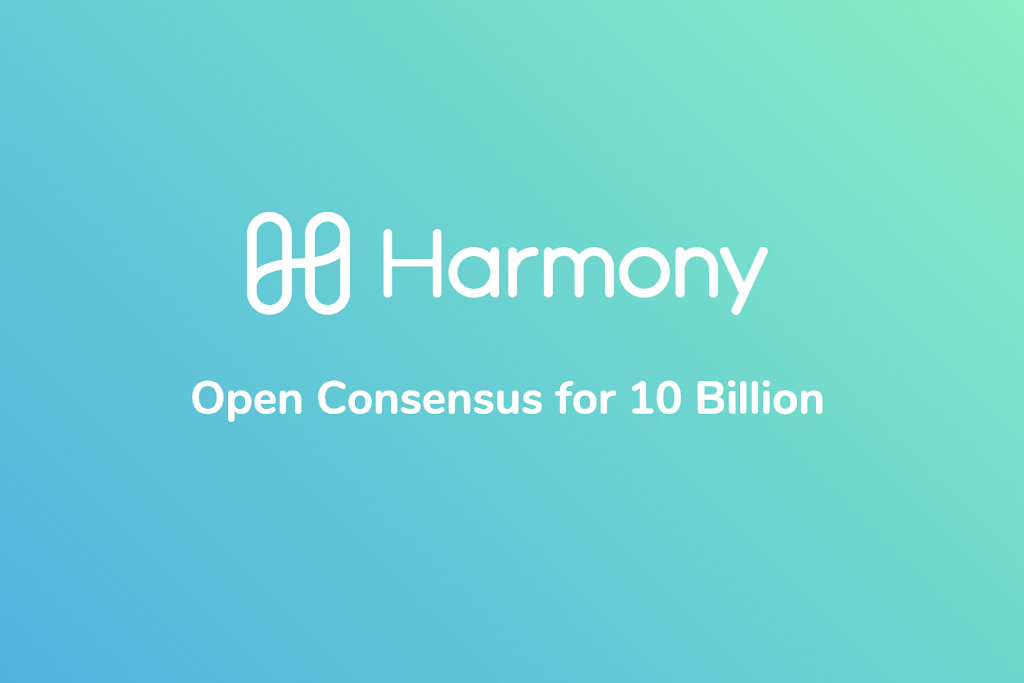
In the highly volatile crypto industry, scalability, security, and decentralization have always been under question. To deal with all the issues mentioned and enable decentralized economies for billions of people, the world’s leading crypto exchange Binance has announced its next IEO project – Harmony. Let’s drill down on the project, its vision and prospects.
Harmony is an Initial Exchange Offering (IEO) project, which means that it relies on having an exchange function as the counter-party. Compared with ICOs, in IEOs, investors send their digital tokens to the exchange account instead of contributing them to the Smart Contract. In fact, IEO remains the same ICO with a whitepaper, road maps and promises to make the world a better place. But it has a big advantage – the protection of investors from outspoken scammers and other poorly developed projects.
Harmony is a fast and secure blockchain with key innovations in state sharding and peer-to-peer networking.
Harmony’s team is made up of 15 core team who have experience from top tier institutions including Google, Apple, Amazon, Harvard, and Stanford. They include Stephen Tse, a former researcher at Microsoft Research, a senior infrastructure engineer at Google, and a principal engineer for search ranking at Apple, Rongjian Lan, a former search infrastructure engineer for Play Store at Google, Nicolas Burtey, Alok Kothari, Minh Doan, Nick White, Sahil Dewan, Leo Chen, Eugene Kim, Li Jiang, Chao Ma, Helen Li, Garlam Won, and Mary Dansker.
Harmony helps businesses build marketplaces of fungible tokens for industry use cases such as energy credits and non-fungible assets (game collectibles, real estate). Harmony applies zero-knowledge proofs for data sharing (ad exchanges, credit ratings) while preserving the consumer’s privacy. Compared with other public blockchains, Harmony’s full-stack approach applies innovations in networking, systems, and consensus algorithms.
It is notable that Harmony’s sharding uses secure proof-of-stake and decentralized randomness, and its networking achieves optimal cross-shard routing and fast block propagation, which enables scaling with the size of their network.
Harmony’s key features are: Highly scalable FBFT (Fast Byzantine Fault Tolerant) consensus using BLS (Boneh-Lynn-Shacham) multi-signatures, Secure distributed randomness generation protocol using VDF (Verifiable Delay Function), Sharding with adaptive Proof-of-Stake for strong network security, Kademlia routing and erasure encoding for optimal network performance.
Recently, we have reported about the upcoming launch of Harmony IEO on Binance Launchpad. Harmony token sale will have a format of a lottery, with users’ BNB balances recorded. The recording is set to start on May 19 at 23:59:59 (UTC). On May 29, the IEO will be closed.
The total token supply makes up 12,600,000,000 ONE tokens, 12.5% of which will be allocated to Binance Launchpad and available for public sale. The seed round price was 0.0065 USD, while the IEO price will make up 0.003175 USD per token.
According to the company, what was originally a 40% release with six-month vesting on the remaining 60% became 25% release at the point of listing with eighteen-month vesting for the remaining 75%.
It is notable that team token lockup has been increased, and team tokens don’t even start vesting until 2020, and it will be vested for a total of 4 years from that point.
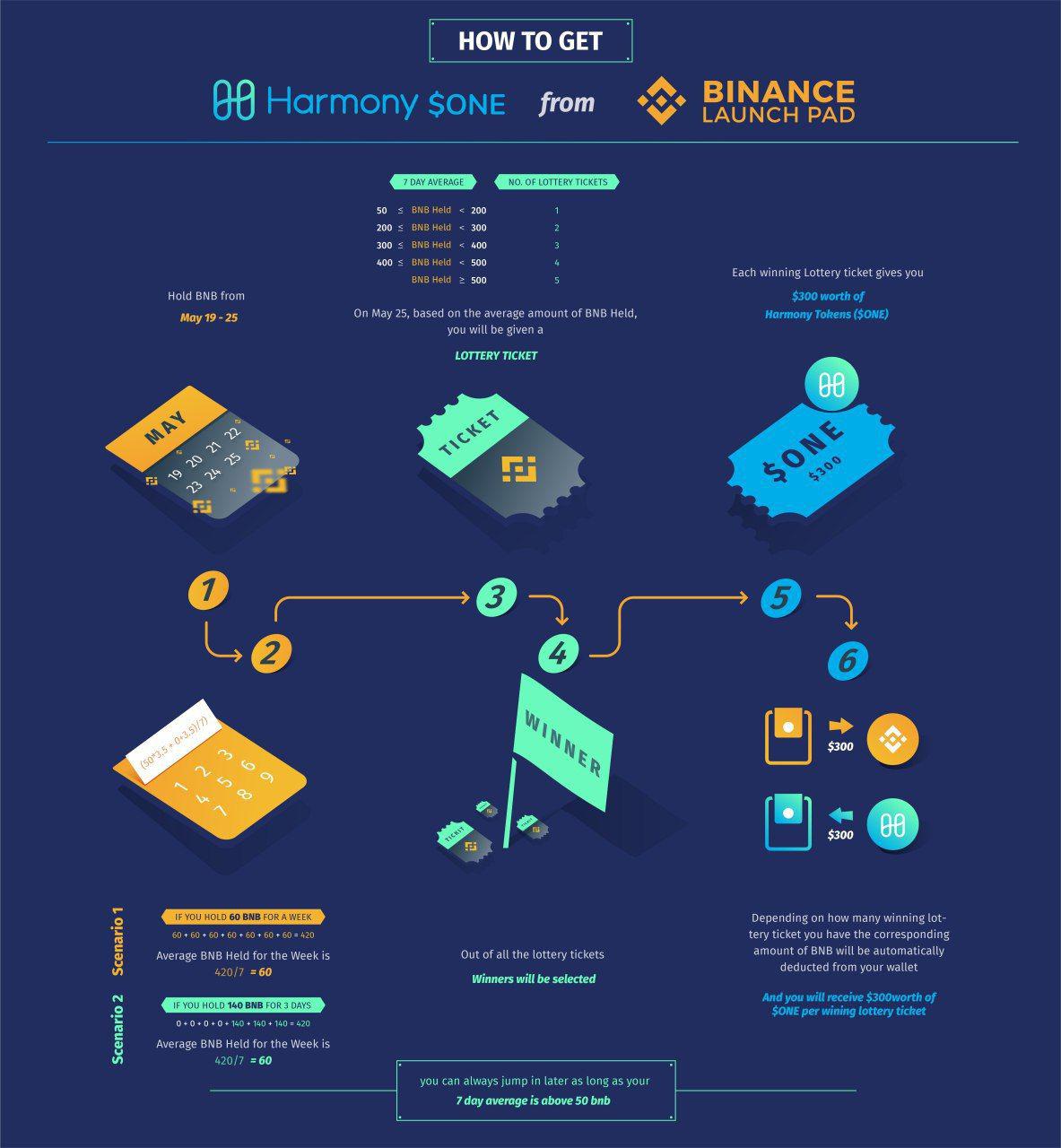
To get ONE tokens, users can now begin depositing or purchasing BNB into their account and sign the Token Purchase Agreement. Starting from May 19, their BNB balances are being recorded. The team will calculate the average BNB holdings on each account over the holding period, and users will be allowed to claim up to a maximum of 5 lottery tickets based on their average BNB holdings at a snapshot time each day over the 7 days, up to May 26.
Then, final BNB balances in user accounts will be recorded to determine eligibility to claim lottery tickets. On May 27, ticket claim will open for all eligible users for a period of 24 hours.
The lottery draw will start on May 28 at 06:00 (UTC). Two hours later, winning tickets will be announced and the respective BNB will be deducted from the winning users’ accounts. On May 29, the IEO will be closed. The maximum number of winning lottery tickets is 16,666, and allocation per winning ticket accounts for 300 USD.
By now, Harmony has already released its test-net 3.0, deployed a network of 40,000 AWS/GCP/Azure nodes in 100 separate shards (400 nodes each), and managed to perform 118,000 TPS. In the second quarter of 2019, the team is planning to roll out the main-net, with the full version released in the third quarter of this year.
Recently, Harmony has launched Harmony Puzzle for user testing. In the near future, it is set to launch to Contentos’ platform, with the goal of engaging 50,000 users.
The project seems to be highly prosperous, as it deals with the most frequent and relevant issues. The promise of blockchain is to enable decentralized coordination at scale, however, no platform has achieved both yet. Hopefully, Harmony will manage to change that.

Darya is a crypto enthusiast who strongly believes in the future of blockchain. Being a hospitality professional, she is interested in finding the ways blockchain can change different industries and bring our life to a different level.
